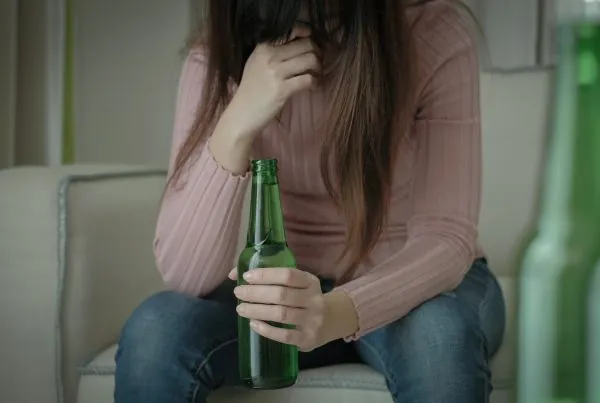December 30, 2004 WASHINGTON (AP)
More than four million people younger under age 21 drove under the influence of drugs or alcohol last year, according to a government report released Wednesday. That’s one in five of all Americans aged 16 to 20.
“That’s an awful lot of kids if you think about it,” said Charlene Lewis, acting director of the Office of Applied Studies at the Substance Abuse and Mental Health Services Administration, which produced the report.
The report, based on a large household survey of drug use, found a small drop in driving under the influence of drugs or alcohol between 2002 and 2003. In 2002, 22 percent drove under the influence; last year, it was 20 percent. Just four percent of these young people reported being arrested and booked for driving under the influence in the year before they were interviewed.
The report was released Wednesday in advance of New Year’s Eve in hopes of raising consciousness of the issue on a night when the risk of drinking and driving is high, federal officials said. Motor vehicle crashes are the leading cause of death among young people. The data come from face-to-face interviews in the homes of people ages 12 and up, part of the National Survey on Drug Use and Health. People were asked to define for themselves what driving “under the influence” of drugs or alcohol means. Young people were most likely to drink alcohol and then drive, with 17 percent admitting this. Fourteen percent said they had driven under the influence of illicit drugs, and eight percent reported driving after consuming a combination of alcohol and drugs.
The rates were highest among people who lived in the Midwest and among those who lived outside of metro areas. Researchers did not have data to compare the 2002-03 rates to earlier years. But a similar survey of teen behavior found that drunken driving fell steadily between 1984 and the early 1990s, as media campaigns pleaded “friends don’t let friends drive drunk” and urged partygoers to choose a designated driver.
The rates remained level from 1992 to 1995 before jumping a bit in the late 1990s and then declining a little in 2003, said Lloyd Johnston, principal investigator for the University of Michigan’s Monitoring the Future survey of students. “It’s not nearly as serious a problem as it was in the mid ’80s but it’s still a serious problem,” he said. He said that his survey also found that a substantial number of teens rode in cars where drivers had been drinking, adding to the number of young people at risk.
Johnston added that while teens growing up in the 1980s were exposed to heavy media campaigns against drunken driving, that’s not true for today’s teens. He warned of “generational forgetting.”
“Each generation has to be reeducated about the dangers of any of these behaviors,” he said.
“Make sure that every time you talk to your kids about sex, you also talk about drugs and alcohol, and every time you talk to them about drugs and alcohol, you talk to them about sex,” Califano advises. He says kids should learn how the topics are connected, so they are better equipped to deal with challenging situations when they arise.
Experts also suggest keeping an eye on the television shows your children watch, the music they listen to, and the Web sites they visit, because staying aware of outside influences helps parents become better equipped, as well.






